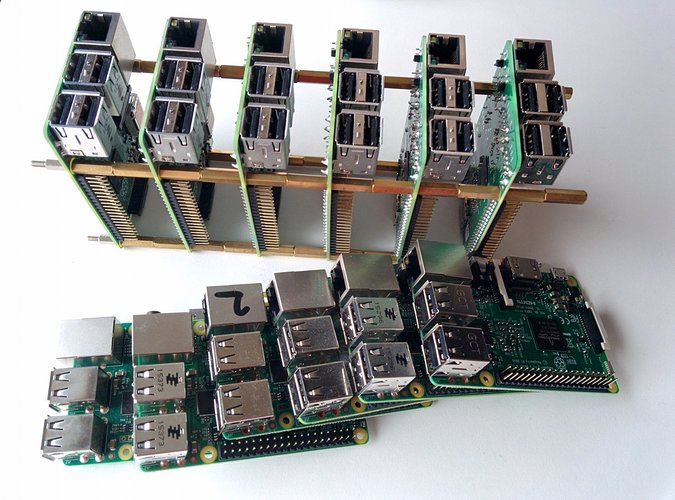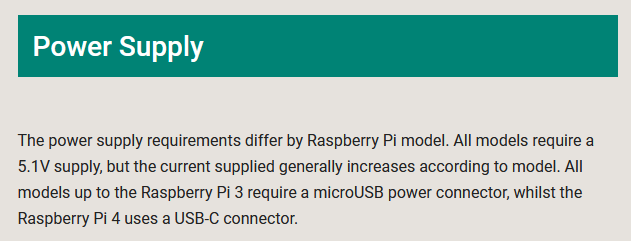I was board today and while working on a project I decided I really needed a custom pcb to help make power management for a project easier.
For years I’ve been meaning to learn how to design pcbs but always found it a bit daunting and never really gave it a shot.
Came across this tutorial series on youtube for KiCad. Nothing to ground breaking, but it helped walk me through the whole process up through and ordering an actual board.
-> https://youtube.com/playlist?list=PL3bNyZYHcRSUhUXUt51W6nKvxx2ORvUQB
Took a couple hours to go through the whole process but it wasnt to bad once you knew what you were doing.
My project is to have a stack of various model Pi’s using standoffs, and using a custom pcb be able to direct power that is distributed through the standoffs to power the pi. (I get it’s not really a proper application, more just investigating if it would be practical.)
I have about a dozen pi’s I would want to power. I can get a 5V/40Amp power supply. Connect the positive to one rail of standoffs and the ground to another rail of standoffs.
Like the standoffs used here ->
Not sure if there is a blatant reason not to do this I’m not aware of.(other than essentially exposed bus bars, but I could opt to wrap them in shrink wrap as part of the setup.)
The board has a fuse for the individual board, an idiot light incase the fuse blows, and a rgb led you could control for special purposes.
(Its my first pcb design go easy on me lol)


